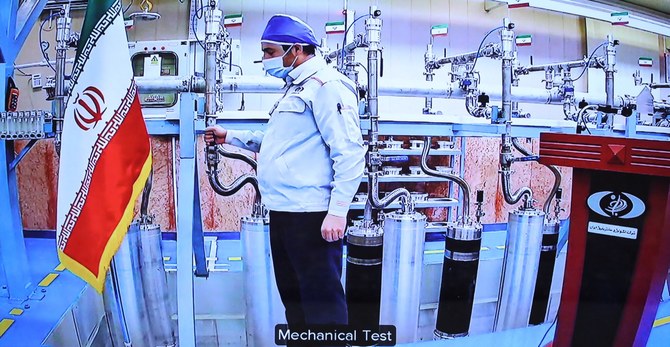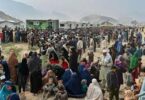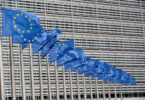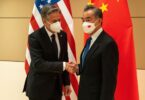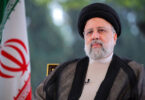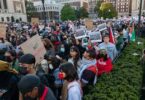The International Atomic Energy Agency has recently told the member states that Iran has increased its production of highly enriched uranium, reversing its previous output reduction from mid-2023. According to the IAEA, Iran is enriching to up to 60%, close to the roughly 90% that is weapons grade, at its Pilot Fuel Enrichment Plant (PFEP) in its sprawling Natanz complex and at its Fordow Fuel Enrichment Plant (FFEP), which is dug into a mountain. The reports suggest that the country has enough enriched uranium to make three nuclear bombs.
The ongoing Hamas-Israel conflict in Gaza has altogether changed the geopolitical landscapes and geostrategic dimensions in the broader Middle East and North African (MENA) regions because it brought about two new theories relating to the future geopolitical environment and regional security. Hamas’s surprised surgical strikes trashed Israel’s artificial impression of an invincible state and exposed the fraughtness of Israeli security mechanisms. Secondly, Israel responded through unimaginable barbarism and cruelty, bombing Gaza’s civilian population, shelter homes, and Hospitals resulting in mass casualties of Palestinians. Meanwhile, the Netanyahu regime has vowed to assume a permanent role in Gaza, to break Hamas’s stronghold and prevent the reoccurrence of the October 7-like attacks in the future. At the same time, Washington’s resolute support for Tel Aviv has cast serious security concerns among Gulf nations, particularly, Iran, which is a strong backer of Hamas and a staunch enemy of Israel and close ally.
Realistically, the current situation has caused significant security risk for Tehran because its armed proxies including Hamas, Hizbullah, and Shia militant groups, in Syria, Iraq, Lybia, Algeria and Tunisia seriously endangering the US and Israeli interests. Currently, pro-Iran forces are under attack by the United States and allies as President Biden has ordered an operation against Iran-aligned groups in Iraq, while a senior IRGC general has been killed in an Israeli air strike in Lybia in recent days.
Previously, the United States and Iran struck a landmark prisoner swap deal by releasing five detainees from each nation that also gave Tehran unrestricted access to its frozen oil funds of $6 billion. The majority of foreign diplomats and political analysts perceive that the slowdown, which began in June this year, was the result of secret talks between the United States and Iran that led to the release of US citizens and a slowdown in nuclear activities. After Iran reversed its months-long slowdown by resuming uranium enrichment to up to 60% purity, close to weapons grade. The IAEA’s experts fear that Iran can make 3-4 nuclear weapons, which can entirely change the geostrategic matrix in the region and beyond.
Currently, Competing regimes in Tehran and Washington are weighing their cards by tactful use of diplomatic, and military manoeuvres to protect their political and strategic interest. Iran has displayed utmost resilience in the face of collective diplomatic coercion and sanctimonious policies of the Western bloc, not only on the nuclear front but also in trade, economy, and global diplomacy throughout the past decades. The IAEA, a UN subsidiary that plays the role of West’s vain Guard platoon, is currently much worried over the increased enrichment of uranium at Iranian nuclear plants but those guarantors of global peace are unashamedly feel no remorse over their failure in stopping an inhumane massacre of innocent Palestinians and blatant ruination of Palestinian land.
In fact, the powerful Jewish state fearlessly implements its nefarious agenda as the geo-strategic balance does not exist in the Middle East. If Tehran grasp nuclear status it will ensure strategic balance, resist Israel’s nefarious agenda, and likely to promote peace and stability in the Middle East region.

